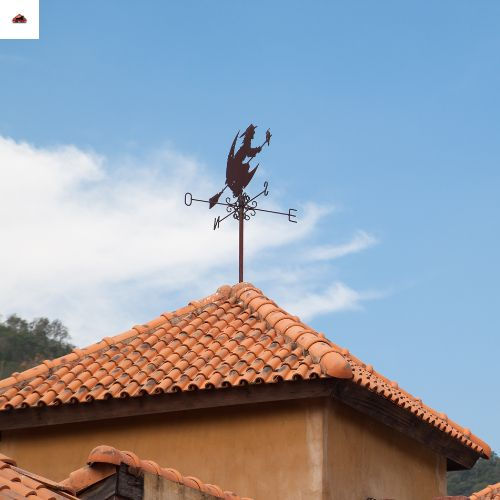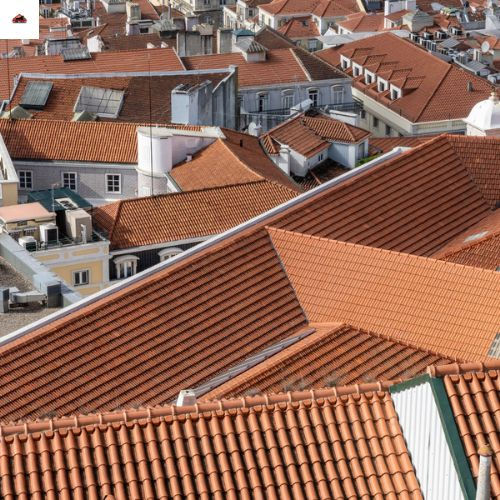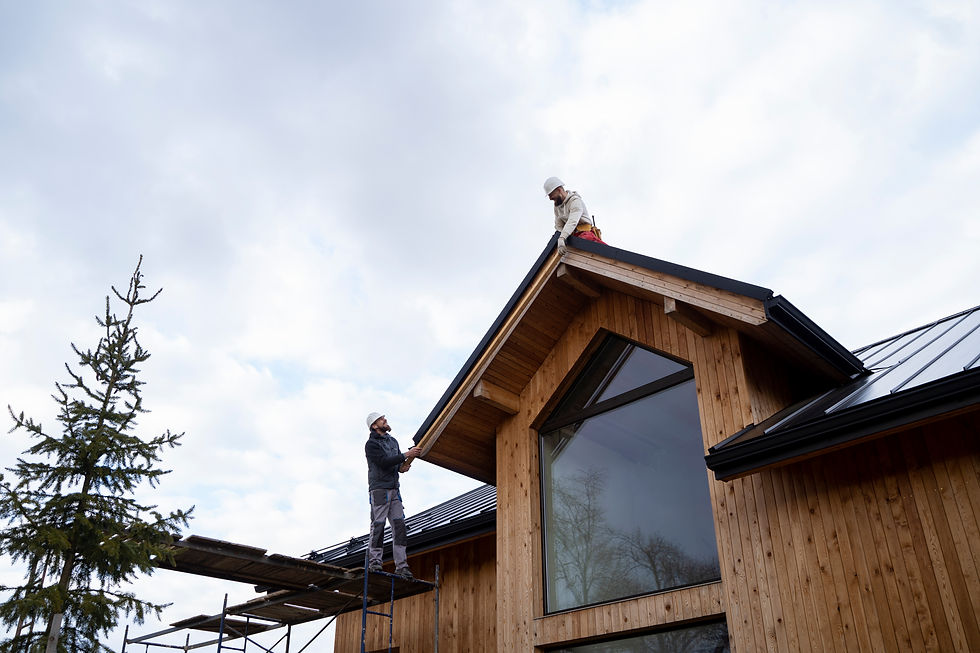Flat vs Sloped Roof: Choosing the Right Roof Design for Your Home
- Gorilla Roof
- Oct 13
- 3 min read
When designing or renovating a home, one of the most important architectural choices is deciding between a roof solutions and a sloped roof. Each type offers distinct advantages in appearance, cost, and performance. Understanding the pros and cons of flat vs sloped roofs will help you select the perfect design that complements your home’s style, climate, and long-term maintenance needs.
Understanding Flat Roofs
A flat roof house is characterized by a nearly level surface, though it’s designed with a slight slope to allow for water drainage. This style has become increasingly popular in modern architecture due to its clean lines and minimalist appeal.
Flat roof benefits include their modern look, affordability, and functional rooftop space. Homeowners can utilize the area for a terrace, solar panels, or even a rooftop garden — making it a practical choice for urban living. Additionally, roof ventilation installation and maintenance tasks are easier to perform on flat roofs because of the accessible structure.
However, flat roofs require careful waterproofing and routine inspections. Without proper drainage, standing water can cause leaks or damage over time, particularly in regions with heavy rainfall. When maintenance or replacement is needed, professional roof replacement services can ensure durability and weather resistance.

Understanding Sloped Roofs
A sloping roof — also known as a pitched or slanted roof — features an angled design that naturally directs rainwater, snow, and debris away from the roof surface. This makes sloped roofs a popular choice for homes in areas with high precipitation.
The sloped roof design offers excellent water drainage, reduced maintenance needs, and enhanced insulation. Because of the roof’s angle, heat and moisture are better managed, helping improve the home’s energy efficiency. In addition, the traditional aesthetic of a slanted roof home gives a warm and timeless character that blends well with classic home designs.
While sloped roofs are more expensive to build than flat ones, their longevity and weather resistance often make them a worthwhile investment. Routine roof repairs and inspections help ensure that shingles, gutters, and flashing remain in good condition, extending the roof’s lifespan.
Flat vs Sloped Roof: Which One Should You Choose?
The main difference between flat vs sloped roofs lies in their design, functionality, and suitability for different environments. Flat roof homes are ideal for contemporary buildings and warm or dry climates, where rainwater accumulation is less of a concern. They offer the added advantage of usable rooftop space, perfect for gardens or solar energy systems.
In contrast, slanted roof homes or sloping roofs are better suited for regions with heavy rainfall or snow. The angled design ensures natural water runoff, reducing the risk of leaks and structural issues. Additionally, the insulation provided by sloped roofs can help regulate indoor temperatures, contributing to energy savings year-round.
From a cost perspective, flat roofs usually have a lower initial installation cost, while sloped roofs may require a higher budget upfront but deliver superior longevity. Maintenance also differs — flat roofs are easier and safer to access, whereas sloped roofs need professional assistance for cleaning or repairs due to their steep gradient.
Climate and Structural Considerations
When deciding between a flat and sloped roof, consider your region’s climate and your home’s architectural style. For example, flat roof houses thrive in warm, dry areas, while sloped roofs perform best in cold or rainy climates. Proper roof ventilation installation is also essential for both designs to maintain airflow and prevent moisture buildup.
Roof Maintenance and Replacement
Regardless of the design, every roof needs regular inspections and occasional roof repairs. Flat roofs should be checked for drainage issues and waterproofing integrity, while sloped roofs require attention to shingles, gutters, and flashing. Professional roof replacement services can help homeowners ensure long-lasting protection and safety.
Final Thoughts
Choosing between a flat vs sloped roof ultimately depends on your home’s style, location, and budget. If you prefer a sleek, modern aesthetic with additional usable space, a flat top house could be the perfect choice. But if you value traditional beauty and reliable weather protection, a sloped roof design might suit your needs better.
No matter which option you choose, partnering with roofing experts ensures your home receives the right roof solutions — from roof ventilation installation to roof replacement service — for lasting comfort, energy efficiency, and peace of mind.



Comments